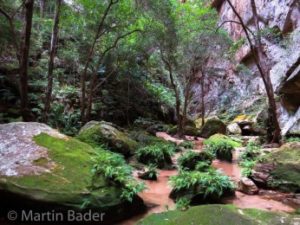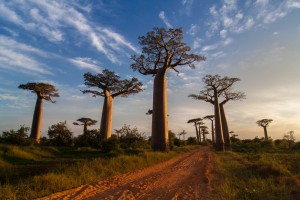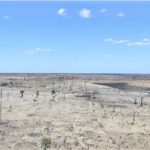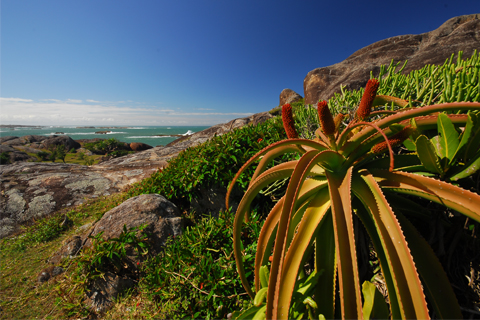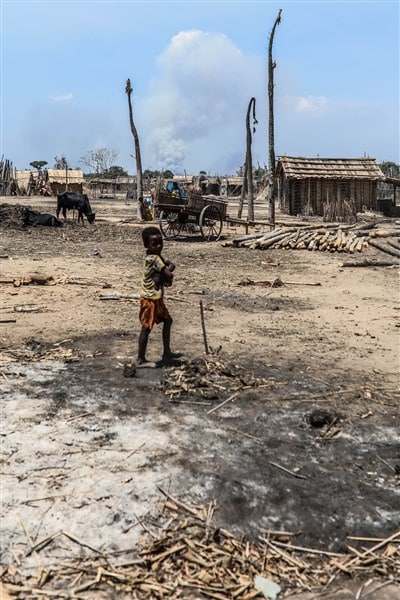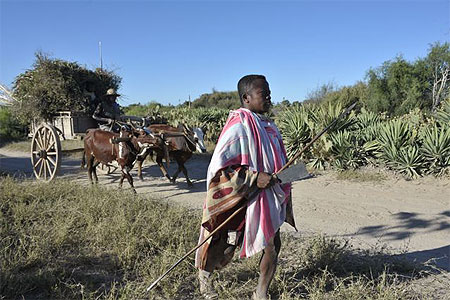The scenic and cultural diversity of this fascinating island
When Madagascar is popularly referred to as a separate continent, it is mainly Madagascar's Unique biodiversity and the breathtaking landscapes alluded to. Of course, the isolated geographical location of the red island also plays a role. The island stretches a good 400 kilometers off the East African coast, with an area almost 1.5 times the size of Germany and with 5000 kilometers of coastline is home to some of the most beautiful beaches in the world. Many animal and plant species have only been able to develop here and are therefore unique on our planet. Partly because people have only been settling on the island for around 2000 years, the particularly species-rich Flora and Fauna Madagascar can develop undisturbed.
A changing landscape
Madagascar is known for hardly any other animal species as much as for the Lemurs. They are considered one of the main attractions that draw numerous visitors to the island every year. Semi-monkeys like these used to be common on other continents, but were eventually displaced by higher apes - and thus ultimately by humans - and became extinct. This species has only survived in Madagascar. In recent years, however, the population has also become endangered on the red island. The people of Madagascar - immigrants from Indonesia and Africa - brought with them traditional methods of agriculture and livestock farming from their countries of origin and cleared large parts of the rainforest for agricultural purposes due to its particularly fertile soil. Slash-and-burn, deforestation and overgrazing are just some of the buzzwords that characterize the situation of Madagascar's rainforest to this day. Unfortunately, the once even richer animal population has already dwindled as a result of this development: while the island's original megafauna (pygmy hippos, giant tortoises, giant ratites, giant lemurs) was wiped out by the ancestors of today's Madagascans after just a few hundred years, the smaller representatives are now also coming under increasing pressure. In order to protect them, in recent years increasingly large parts of the island as a nature reserve appointed. From Hunger and economic hardship However, the boundaries of the nature conservation areas are often not respected by the population. Many see agriculture and, unfortunately, slash-and-burn agriculture as the only way to ensure their survival.
Tourism as an opportunity
In order to save Madagascar's biodiversity, the population must be shown other ways of securing their livelihood in addition to agriculture. One of these is tourism, which not only creates jobs but also provides a source of income. provides an incentive to create further nature conservation areas and respect their boundaries. The island already receives more than 300,000 visitors every year, and the number is rising. Madagascar's diverse landscapes fascinate visitors and the different cultures of the local peoples also exert an indescribable charm on tourists. These have - to all cultural differences and armed conflicts - found its way to a nation whose language, the "Malagasy", which is the most important link. The country Madagascar offers incentives for many popular destinations where you can get to know indigenous exoticism without having to sacrifice comfort.


